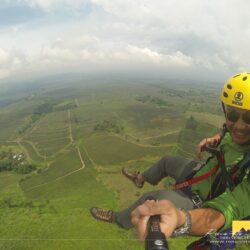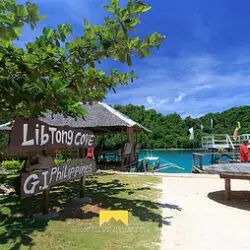No. This is no Hiker’s itch of course, but Hiker’s pains.
If you have been a hiker for a decade or if you have been going outdoors every week since last year or worse, banged your knee somewhere in the woods (from a fall or what), then you must have experienced “knee pain” at one time or another. Simply put, this is any type of pain felt inside or around your knee joint. That includes your knee cap and structures around it, the side of your knee and of course the back side, where the softest portion of your knee lies. Sometimes a knee pain occurs with other pains in your body, like the back, the hips or the ankle joint. When your knee hurts, it only mean one thing- you injured one or more of the tissues (muscle,ligaments,cartilage, bone etc) around or inside it.
Among hikers or mountaineers, there are two common reason why your knee hurts. One you loaded it with stress (weight) it can handle, and two, you haven’t prepared the tissues in it to handle stress above it’s normal loading capacity. The former is related to acute (trauma) or chronic injury and the second, related to tissue preparation- that is, stretching to increase flexibility of knee ligaments, building up muscles of support to the knee joint.
Suffice to say, that constant loading of stress to a relatively unprepared knee joint tissue will result to some sort of knee pain. This is more of a simplistic statement since a lot of other factors (age, body weight etc..) affect knee joint stability but again, even hikers should know this simple fact. That’s why I would like to over emphasize adequate preparation for any climbing task.
If your knee hurts the first thing you should do is consult a doctor, or better if an orthopedic surgeon or sports medicine specialist. An examination of the knee joint is crucial to diagnosing your knee problem. In most cases, and if warranted a diagnostic exam like an xray or magnetic resonance imaging is needed to confirm the diagnosis. Sometimes, together with the treatment procedure, an arthroscopy (a mini cam inserted in your knee joint to visualize structures inside) might be suggested.
Treatment is always individualized. I dare not to expound about those here. Suffice to say, with the current technology we have, almost all have known treatment procedure. Some might just even require a conservative approach of physical rehabilitation.
It’s pretty obvious how adequate preparation is essential to preventing knee pains among hikers. Load reduction and and adequate exercises to build up and strengthen muscles around your knee joint helps reduce pain. But I’m going to cover those in my next health tips for hikers!
















Doc,
My miniscus in my left knee is totally gone due to injury( removed during an ICL reconstruction). I walked for a total of 4 hours when I went to Batad to see their rice terraces, and my knee started swelling halfway back the hike and it was painful to walk. Motrin took care of the swelling that night. Do you think that pre-medicating with anti-inflamatory meds will help? I want to do another long hike even if it hurts. Thanks.
Julius, have that knee checked by your orthopedic surgeon first before embarking on a hike. I’m sure he’ll have good advice on what to do if you plan to hike.
About premedicating with pain meds, thats not adviceable. When your knee has swollen and is painful, that only means one thing: that knee suffered injury and the joint structures already complained. While pain meds may decrease swelling and pain, the injury underneath is untreated and will push further to injury and render your knee useless in the long run…